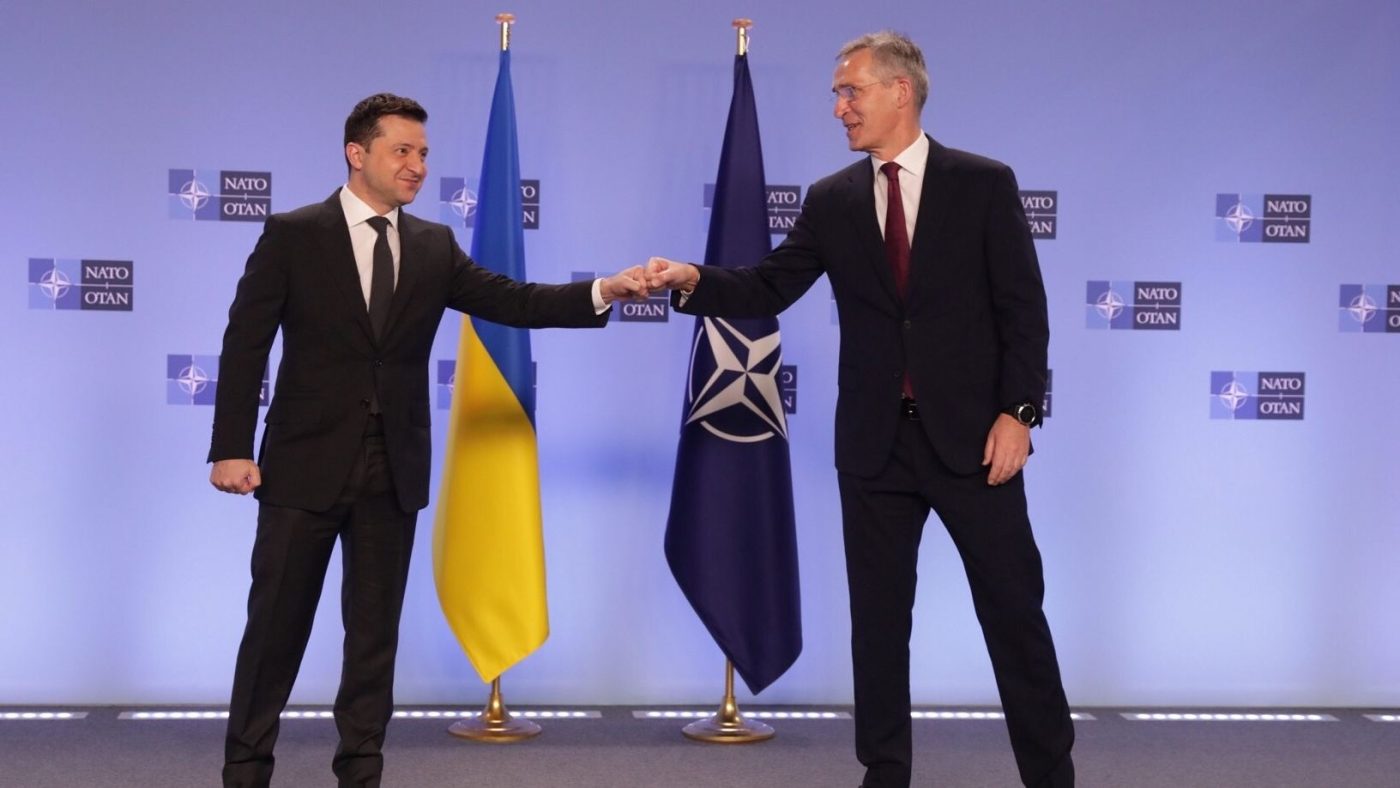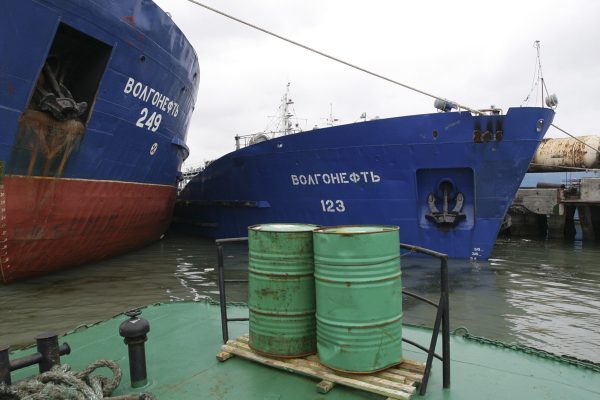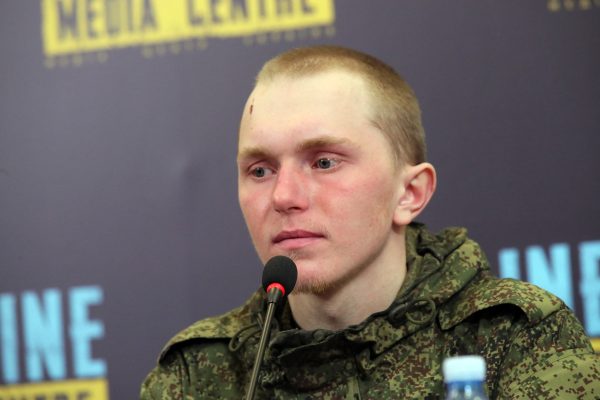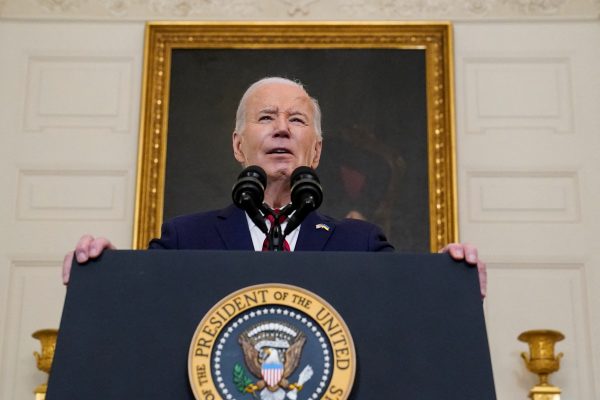Despite all the good results that will emerge from the July 11-12 NATO Summit in Vilnius, there is only one issue of political salience — what will the alliance do about Ukraine’s aspirations to join? Right now, the allies are still consulting. No final decision has been reached.
Here’s my proposal. The Vilnius summit statement could read as follows:
We reaffirm our commitment from 2008 that Ukraine and Georgia will become members of NATO and today have agreed to several measures that begin to operationalize this process with respect to Ukraine. We have upgraded the NATO-Ukraine Commission to a NATO-Ukraine Council, which will afford Ukraine the opportunity to participate on an equal footing with NATO Allies in a wide array of activities, sub-committees, and structures of the Alliance. The Membership Action Plan is no longer required as the next step on the path to Ukraine’s NATO membership, though we will continue to work with Ukraine through its Annual National Plan developed under the auspices of the NATO-Ukraine Council.
We invite Ukraine to assign additional liaison officers at NATO commands and will launch a joint process of assisting Ukraine in developing a long-term national security strategy, national defense strategy, and national defense posture. We will launch a joint program of training to accelerate Ukraine becoming fully inter-operational with NATO Allies.
NATO is the foundation for security in Europe as a whole. Grey zones and ambiguous security situations have been shown to contribute to conflict and aggression. European security will thus be strengthened by Ukraine’s NATO membership. The steps we take today will accelerate Ukraine’s admission as a member of the Alliance. We look forward to reviewing Ukraine’s progress toward membership at our next meeting in Washington, DC in August 2024.
This will cause disappointment to some, not least those in Ukraine fighting for their nation’s survival. But it is a fact that no ally, whatever their honeyed words, believes that Ukraine should be invited for membership at Vilnius itself. Doing so would immediately invoke NATO’s Article 5 collective defense clause, with the implication that allies would have to use their own military forces to assist Ukraine in defending against Russian aggression. Allies are not ready to turn Russia’s war against Ukraine into a NATO war against Russia.
Likewise, many allies do not want to pledge Ukrainian membership on a fixed date, or if certain defined conditions are fulfilled. This group wishes to reserve the right to make a political judgment at the exact time that an invitation is issued. Who knows how circumstances might change between now and the time those conditions are fulfilled?
Nonetheless, NATO’s overarching purpose must be to convey to the world — including Ukraine, Western public opinion, national parliaments, and especially Russia — that Ukraine will indeed become a member.
NATO made such a pledge at its 2008 Summit in Bucharest but did so without conviction. Fifteen years have passed with no serious consideration of making good on that commitment. That must change. At this year’s summit, NATO must reaffirm its commitment to Ukrainian membership, and this time actually mean it.
Why? Because it will shorten this war and prevent the next one. Just as with the decision to send F-16 combat aircraft and to launch major efforts at Ukraine’s economic recovery, a credible commitment to NATO membership sends a signal to the Kremlin that it cannot win in Ukraine, and that continuing to try will only result in greater Russian losses. The sooner Russia recognizes this, the sooner it stops its aggression.
A credible pledge of NATO membership is crucial to begin Ukraine’s economic recovery. Investors require security. War risk insurance can provide this at a micro level, but investors need to know the country as a whole will be secure.
A web of security assurances and the long-term armament of Ukraine, however well-intentioned, is simply not credible enough to make a difference unless it is clearly part of a pathway to NATO membership. Past security assurances, such as the Budapest Memorandum of 1994, proved worthless. A heavily armed “porcupine” Ukraine will still suffer daily attacks from an imperialist Russia. Day after day we would hear reports of Russian missiles and drones terrorizing ordinary Ukrainians and disrupting daily life. Or worse. Europe cannot be at peace when its (geographically) largest country, which fields its most capable military force, sits outside the alliance structure while it is perpetually bled by an aggressive neighbor.
Let’s get real. US Senators would not consent to a bilateral security commitment to Ukraine that leaves America’s NATO allies off the hook. They would insist on burden-sharing. It is precisely NATO’s collective defense guarantee that creates real security in Europe.
Let us not forget that Russia has only attacked NATO non-members. It has never attacked an alliance member. This should teach us one thing when it comes to Putin’s aggression: Grey zones are green lights. Long-term European security requires Ukrainian membership.
The European Union (EU) has already given candidate status to Ukraine and may open accession talks by the end of this year. To actually admit Ukraine as a member, however, the EU will require that Ukraine be secure in its borders. This is why many European members of NATO who had previously been skeptical – such as France, Italy, Spain, and Portugal — now favor Ukrainian membership.
US Secretary of State Antony Blinken witnessed this greater European show of support for Ukrainian NATO membership at the recent alliance foreign ministers meeting in Oslo. It marked a rare moment — is not often that America’s allies are leaning forward on an issue at NATO while the United States is holding back.
One constructive step, which President Biden now supports, is removing the requirement that Ukraine go through a Membership Action Plan before becoming a full member. It is ironic that what was initially designed as a means of helping countries prepare for membership has in fact become an obstacle, which must now be removed. Removing the requirement for a MAP, however, is not sufficient to answer the political question: what about membership?
That’s why Vilnius must do two things:
- First, it must use fresh language to make clear that Ukraine is clearly on the path to membership; and
- Second, it must launch a series of practical steps that give substance to this commitment, and that create a process for realizing membership at the appropriate time. Progress should be reviewed at NATO’s 75th Anniversary Summit in Washington, DC in August 2024.
We must be clear that the train is leaving the station, and that its destination is clear and agreed upon.
Ambassador Kurt Volker is a Distinguished Fellow at the Center for European Policy Analysis. A leading expert in US foreign and national security policy, he served as US Special Representative for Ukraine Negotiations from 2017-2019, and as US Ambassador to NATO from 2008-2009.
Europe’s Edge is CEPA’s online journal covering critical topics on the foreign policy docket across Europe and North America. All opinions are those of the author and do not necessarily represent the position or views of the institutions they represent or the Center for European Policy Analysis.





